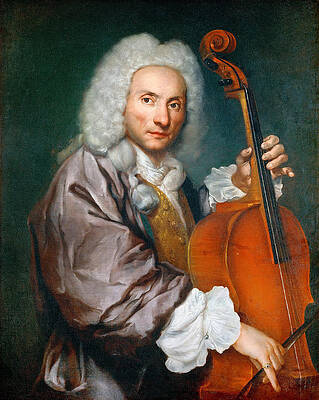Giacomo Ceruti
Paintings
God the Father
An Old Man with a Dog
A Woman with a Dog
Portarolo col cane
A Young Lady with two dogs
Group of Beggars
Portrait of a Cellist
Portrait of a Priest
Portrait of a Lady with a Flower Basket
A Peasant Mother with her Child in her Arms
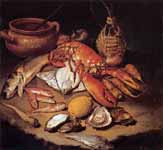



Women Working on Pillow Lace (The Sewing School)
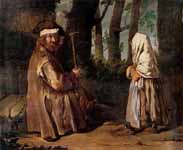

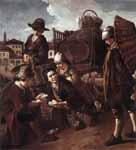
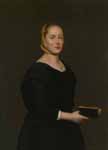
Portrait of Donna Alba Regina del Ferro - three quarter length in a black dress holding a book
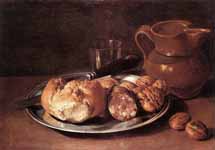
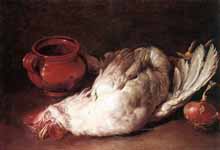
Still-Life with Hen, Onion and Pot
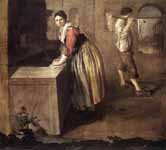
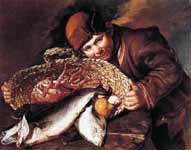


Portrait of a Smoking Man in Oriental Habit
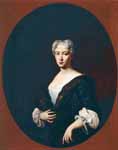
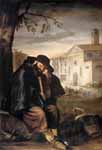


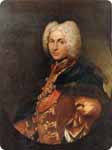
Portrait of the Marquis Knight Don Erasmo Aliprandi Martinengo
Giacomo Antonio Melchiorre Ceruti (October 13, 1698 – August 28, 1767) was an Italian late Baroque painter, active in Northern Italy in Milan, Brescia, and Venice. He acquired the nickname Pitocchetto (the little beggar) for his many paintings of peasants dressed in rags.
He was born in Milan, but worked primarily in Brescia. He may have been influenced early by Antonio Cifrondi and/or Giacomo Todesco (Todeschini), and received training from Carlo Ceresa. While he also painted still-life paintings and religious scenes, Ceruti is best known for his genre paintings, especially of beggars and the poor, whom he painted realistically and endowed with unusual dignity and individuality.
Ceruti gave particular attention to this subject matter during the period 1725 to 1740, and about 50 of his genre paintings from these years survive.[1] Mira Pajes Merriman, in her essay titled Comedy, Reality, and the Development of Genre Painting in Italy, observes that "Generally his figures do almost nothing—after all, they have nothing to do."[2] She describes his paintings as confronting us with
the detritus of the community; the displaced and homeless poor; the old and the young with their ubiquitous spindles, eloquent signs of their situationless poverty and unwanted labor; orphans in their orderly, joyless asylums plying their unpaid toil; urchins of the streets eking out small coins as porters, and sating them in gambling; the diseased, palsied, and deformed; lonely vagabonds; even a stranger from Africa—and all in tatters and filthy rags, almost all with eyes that address us directly...[2]
A characteristic painting is his Woman with a Dog (seen above) which portrays a rather plain subject sympathetically and without idealization. Like most of his figures, she appears before an undifferentiated dark background; when Ceruti attempted to represent deep space, the results were frequently awkward. His landscape backgrounds resemble stage flats and are often copied from print sources, such as the engravings of Jacques Callot. The realism Ceruti brought to his genre paintings also distinguishes his portraits and still lifes, while it is less apparent in his somewhat conventional decorative paintings for churches, including frescoes for the Basilica de Gandino and an altarpiece for Santa Lucia in Padua. This limitation is not unique to Ceruti; the Brescian painter from the late 16th century, Giovanni Battista Moroni, was similarly known for expressive portraits, and drab religious paintings.
Notes
Spike, 1986, pp. 66.
Spike, 1986, pp. 66-67.
Resources
Spike, John T. (1986). Giuseppe Maria Crespi and the Emergence of Genre Painting in Italy. Fort Worth: Kimball Museum of Art. pp. 66–67.
----
Fine Art Prints | Greeting Cards | Phone Cases | Lifestyle | Face Masks | Men's , Women' Apparel | Home Decor | jigsaw puzzles | Notebooks | Tapestries | ...
----
Artist
A - B - C - D - E - F - G - H - I - J - K - L - M -
N - O - P - Q - R - S - T - U - V - W - X - Y - Z
Retrieved from "http://en.wikipedia.org/"
All text is available under the terms of the GNU Free Documentation License









